Welcome to the A to Z of Bonsai.
We are compiling a worldwide A to Z of Bonsai database. The A to Z is written collaboratively by the people who use it and we would like to encourage anyone reading this page to contribute to what has become the worlds greatest encyclopedia of bonsai terms. Entries when they are made will be added to an editable list which will be checked prior to publication. Photos and images of the bonsai term can be added and links made to relevant web pages.
|
 - 37 entries - 37 entries |
|
 |
|
|
  |
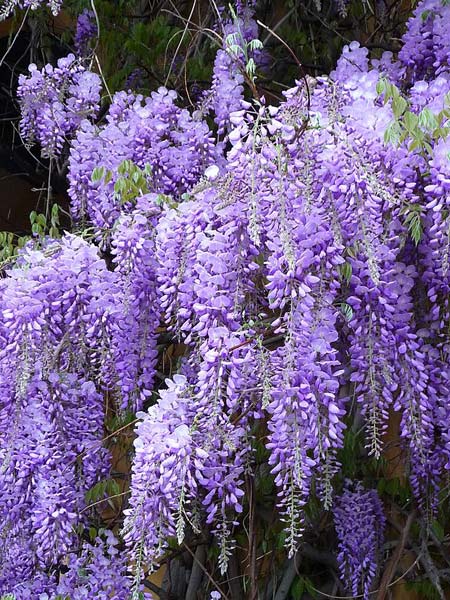
|
ME>RACEME - A type of ELONGATED flower with individual stalks growing from a single stem e.g wisteria
|
| Thanks to - Wikipedia for use of the image |
|
 |
|
|
   |
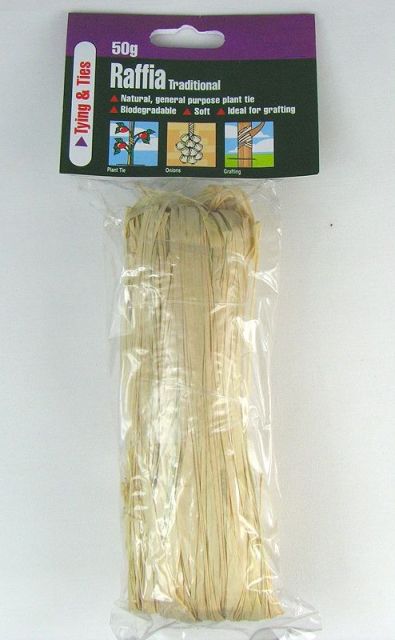
|
RAFFIA - Made of strips of BARK from the raphia palm, this is soaked and wrapped arround a section of tree which requires significant bending, to protect it from splitting and from damage by the wire
|
| Thanks to - Kaizen Bonsai for use of the image |
|
 |
|
|
  |

|
RAKE - Small rake used in BONSAI>BONSAI>BONSAI for clearing soilaround NEBARI or tree ROOTS (during REPOTTING). Usually combined with either TWEEZERS or a SPATULA at the other end of the tool.
|
|
 |
|
|
   |
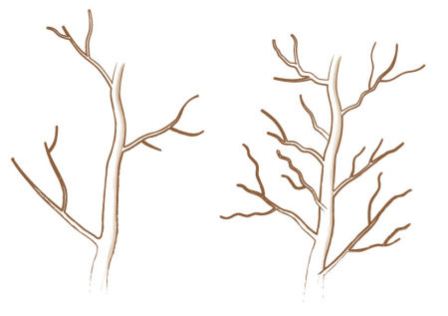
|
RAMIFICATION - Ramification MEans branching or branch development that displays TAPER, resulting in a tracery of fine branches at the extremities of the branches. It is encouraged by PRUNING and may be integrated with practices that promote leaf reduction
|
| Thanks to - bonsai4me.com for use of the image |
|
 |
|
|
  |
(No Photo Yet)
(Send Image) |
Red SPIDER MITE - There are two types : the FRUIT tree RED SPIDER MITE on broad-leaved trees and the CONIFER spinning mite on conifers. Indications of infection are an unhealthy browning of the foliage accompanied by a silky webbing. Tiny spider-like mites may also be seen on leaf undersides. These can cause serious damage and should be sprayed with INSECTICIDE - ideally MALATHION or DERRIS. Alternative type is the Glasshouse Red Spider Mite or "Web-forming Tetranychus".
|
|
 |
|
|
  |
(No Photo Yet)
(Send Image) |
RED SPOT DISEASE - This is a disease of maples which is triggered by a fungal attack causing brilliant red "pimples" to appear on the BARK. Initially the bark, and then the whole branch dies back. The only known treatMEnt is to prune back to healthy wood.
|
|
 |
|
|
  |
(No Photo Yet)
(Send Image) |
REDUCTION BUILDING - This process uses accelerated growth techniques and massive foliage and branch reduction, followed by strong re-growth, more moderate reduction and training (primARILy by training). It is used to produce larger trunks with character and TAPER, particularly in TROPICAL regions but may be applied in temperate regions to SPECIES like aZAleas.
|
|
 |
|
|
   |

|
REDWOOD - CALIFORNIA (SEQUOIA SEMPERVIRENS) - Very tall EVERGREEN CONIFER with a COLUMNAR outline and drooping lower branches. It has attractive, red/brown fibrous BARK and flattened, NEEDLE-like LEAVES which are mid-green and curved on main SHOOTS and dark green, flat and narrow on lateral ones.
STYLE : Ideal for formal and informal upright, slanting and group styles.
WARNING : Branches tend to resuME upward growth after freeing from any WIRING.
|
| Thanks to - Wikipedia for use of the image |
|
 |
|
|
   |
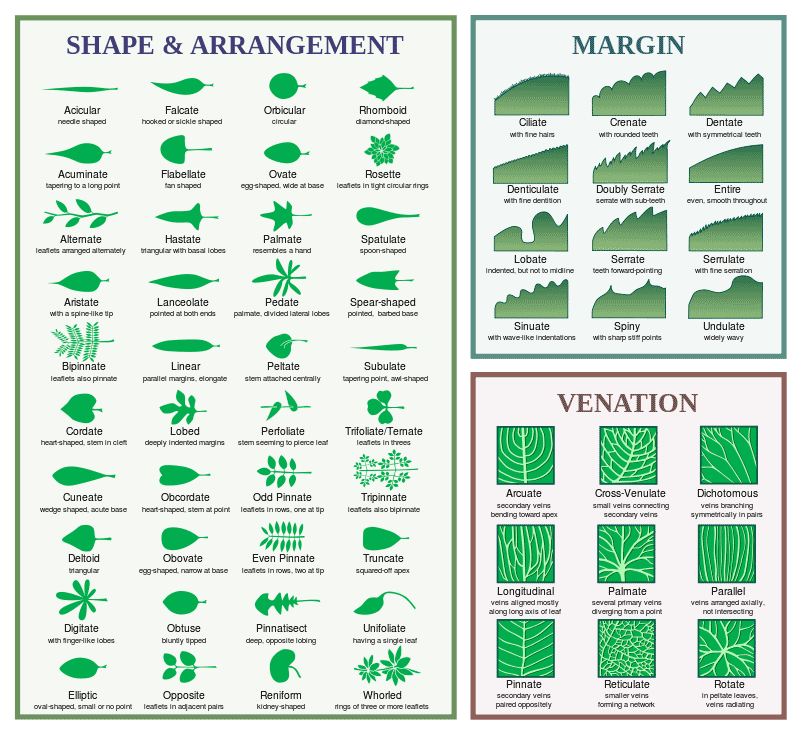
|
RENIFORM (LEAF) - Kidney SHAPEd with stem attached at concave edge.
|
| Thanks to - Wikipedia for use of the image |
|
 |
|
|
   |
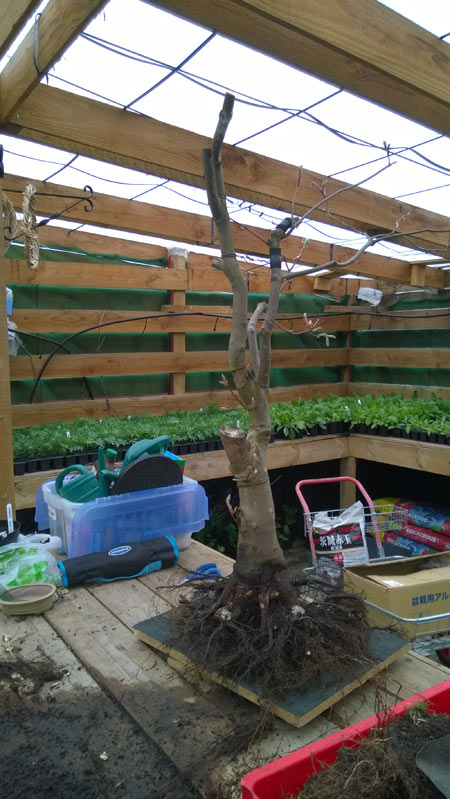
|
REPOTTING - The ROOTS of potted trees are limited by the size of their container as to how far they can spread. After a period of tiME which varies dependant on the SPECIES of tree, the root systems of all pot-grown trees fill their containers, eventually becoming 'POT BOUND' and in some cases they begin to push the tree out of the pot.
When this happens the fine FEEDER ROOTS that are essential to the uptake of water and nutrients have little room to grow, are far away from the main TRUNK OF THE TREE, the soil structure deteriorates and the plant starts to suffer. At this point repotting is required to allow fresh COMPOST/potting medium/substrate to be inserted in and around the root system and the root sytem itself may require CUTTING>CUTTING back so that it can continue to form fine feeder roots closer to the trunk.
|
| Thanks to - Kenny Middleton for use of the image |
|
 |
|
|
  |
(No Photo Yet)
(Send Image) |
RESPIRATION - The breathing action of a plant. The process involves the exchange of oxygen from the atmosphere with carbon dioxide which is released during the conversion of store foods into plant energy. In effect the reverse of PHOTOSYNTHESIS.
|
|
 |
|
|
   |

|
RETICULATE LEAF - Leaf with a complex surface pattern, usually created by a network of veins.
|
| Thanks to - Wikipedia for use of the image |
|
 |
|
|
  |
(No Photo Yet)
(Send Image) |
OSMOSIS>REVERSE OSMOSIS - The passage of water from the ROOTS into the soil. This is often caused by an excessive concentration of fertilizer in the soil and can result in browning of foliage and , in extreME, untreated cases, the death of the tree.
|
|
 |
|
|
   |
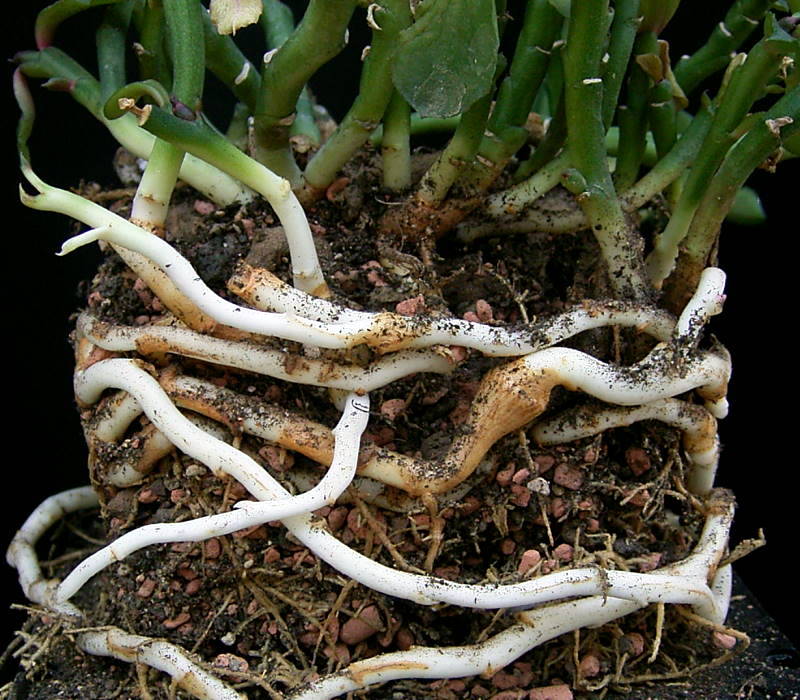
|
ME>RHIZOME - This is a continuously growing horizontal underground stem which puts out lateral SHOOTS and ADVENTITIOUS ROOTS at intervals.
Well known plants with an underground rhizome system include ginger and bamboo.
|
| Thanks to - Wikipedia for use of the image |
|
 |
|
|
   |
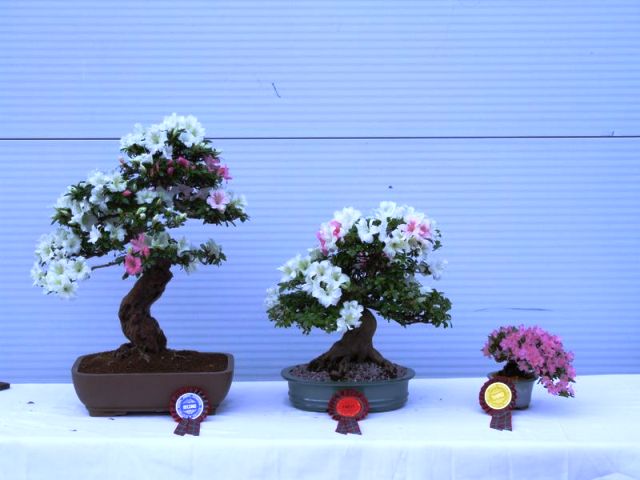
|
Rhododendron (AZAlea) - See AZALEA (RHODODENDRON) .
|
| Thanks to - SBA Gallery for use of the image |
|
 |
|
|
   |

|
RHOMBOID (LEAF) - Diamond SHAPEd.
|
| Thanks to - Wikipedia for use of the image |
|
 |
|
|
  |
(No Photo Yet)
(Send Image) |
RIB (LEAF) - The main prominent vein in a leaf
|
|
 |
|
|
   |

|
BARKING>RING BARKING - Also referred to as "GIRDLING". The removal of a band of bark (which can vary in width) from all around the trunk of a tree or branch when air-LAYERING or trying to encourage new ROOTS to form.
|
| Thanks to - Wikipedia for use of the image |
|
 |
|
|
  |
(No Photo Yet)
(Send Image) |
BONSAI>BONSAI>BONSAI>RISING SUN BONSAI - Expert advice and support provided by Robert Porch, a long-standing BONSAIST based in the Glasgow area.
Offers : Demonstrations and workshops. Styles and semi-styled bonsai. Nursery stock, accent plants and MaME pots.
email : robertporch@fsmail.net
Phone (evenings) 0141 5633806
Mobile : 07882482901
|
|
 |
|
|
  |
(No Photo Yet)
(Send Image) |
RIVER SAND - Usually a clean white sand with MEdium size particles, sometimes suggested as an ingredient in BONSAI>BONSAI>BONSAI soil mix in order to promote DRAINAGE. To the extent that "organic" components are minimised the risk of soil borne insect and disease problems is also reduced. It is one of many ingredients suggested for a beneficial GROWING MEDIUM, the balance of which will be determined by plant type and local climatic conditions.
|
|
 |
|
|
   |
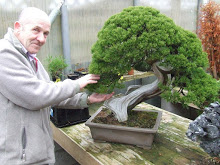
|
BONSAI>BONSAI>BONSAI>RONIN BONSAI - Ray Coulombe of Carlisle UK has been into bonsai for about 25 years. He is known as a Willowbogger as he visits and help out at WILLOWBOG BONSAI in the North Of England. He hosts an open night every Monday night when friends coME and work with trees, drink tea and coffee and have a good natter.
|
|
 |
|
|
   |
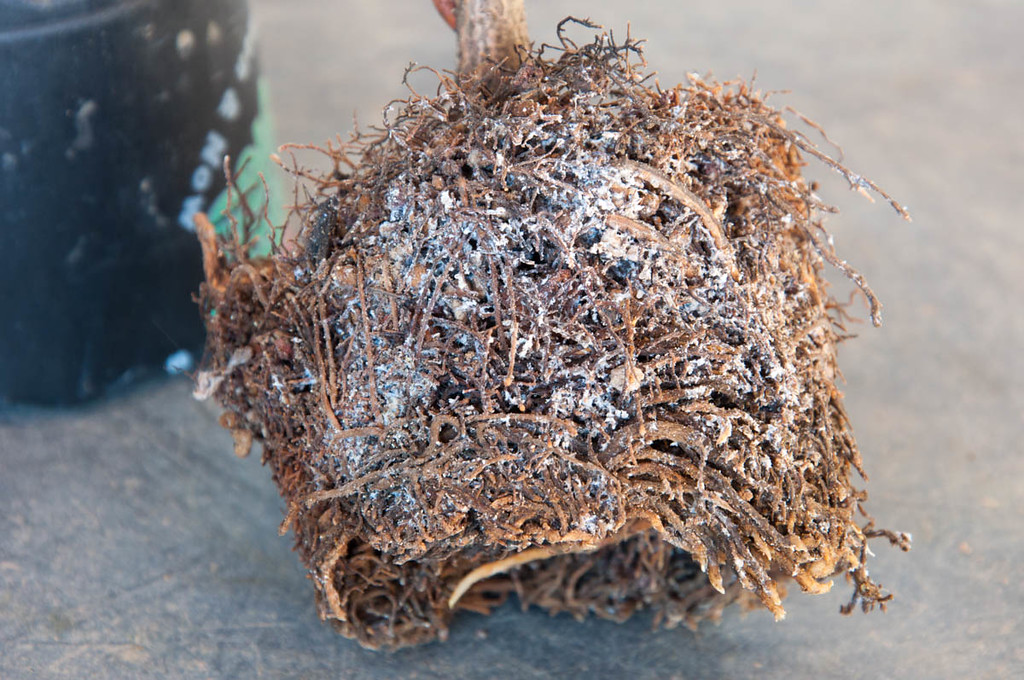
|
ROOT APHID - Root APHIDS appear as a white woolly deposit and feed on the ROOTS. Because they are hidden under the soil their presence is not always evident. Severe infestations can weaken the tree leading to pale or yellowing foliage and weak branching.
They may be spotted during REPOTTING and should not be confused with MYCELIUM which tends to be greyer and coarser wheras the root aphid is a bright white colour. One MEthod of identification is to examine under pot in the dark using a torch as the aphid often LEAVES the pot and stays under it in the dark, returning in the light.
Treatment is by two successive immersions in PROVADO solution a couple of weeks apart - the first to kill the aphids and the second to kill the aphids which have hatched since the first immersion.
|
| Thanks to - By Joseph Dupuich on Bonsai Tonight for use of the image |
|
 |
|
|
  |
(No Photo Yet)
(Send Image) |
ROOT BURN - The effect on the ROOTS of OSMOSIS>REVERSE OSMOSIS caused by over-feeding with a rich fertilizer.
|
|
 |
|
|
   |
(No Photo Yet)
(Send Image) |
GRAFT>GRAFT>ROOT GRAFT - In BONSAI>BONSAI>BONSAI this approach is most often used to improve the structure of the NEBARI. The technique is the saME as for CLEFT GRAFTING but, in this case, the SCION is a section of root which is grafted onto the required position within the nebari. The process is generally carried out in spring.
|
|
 |
|
|
  |
(No Photo Yet)
(Send Image) |
ROOT HAIRS - Fine hair-like structures produced at the growing tips of ROOTS through which water and nutrients are absorbed from the soil.
|
|
 |
|
|
  |

|
ROOT HOOK - This is used to disentangle and separate ROOTS prior to PRUNING>ROOT PRUNING. It is usually a single MEtal hook with a rounded end, so as not to damage the roots during the operation. However, alternatives include a bent fork, CHOPSTICKS or a piece of wooden dowel with a rounded end.
|
| Thanks to - Green Dragon for use of the image |
|
 |
|
|
  |
(No Photo Yet)
(Send Image) |
EELWORMS>ROOT LESION EELWORMS - See entry for : "Eelworms"
|
|
 |
|
|
   |
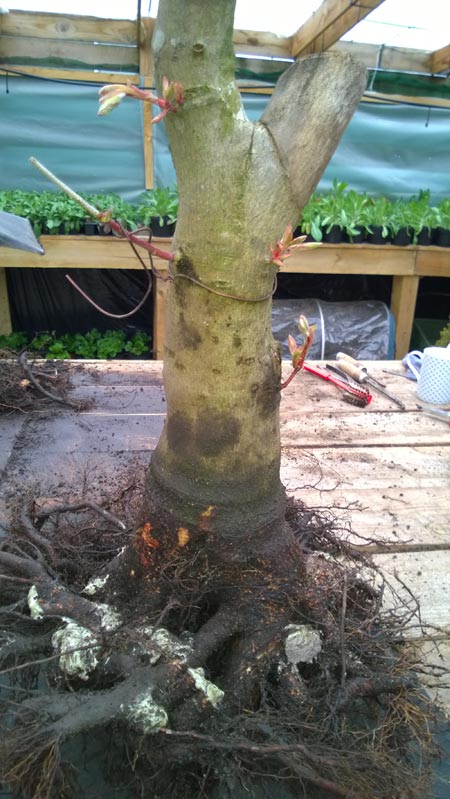
|
PRUNING>ROOT PRUNING - Pruning of the ROOTS followed by REPOTTING encourages young FEEDER ROOTS to multiply and develop, which in turn leads to a healthier and stronger tree.
Root pruning should generally be carried out in spring to allow maximum tiME for recovery before winter. After the tree is removed from its pot and the roots untangled, the roots should be trimmed on all sides of the root ball (usually by about one third) in order to form a flat, circular pad of roots.
|
| Thanks to - Kenny Middleton for use of the image |
|
 |
|
|
  |
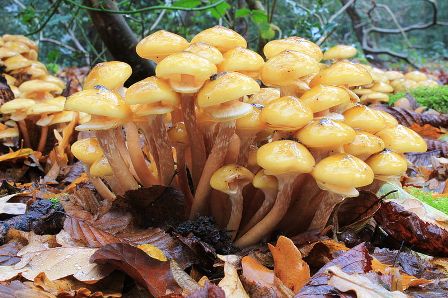
|
ROOT ROT - This occurs where too much water or fertilizer is applied, or the wrong soil mix is used, or where ROOTS have dried out then rotted when water is applied. TreatMEnt is to remove all dead root, dip in BENOMYL or Orthocid solution and repot in new soil. Spray rather than water initially, keep out of drying wind and only apply fertilizer once new roots have had chance to form.
See also FUNGUS>HONEY FUNGUS.
|
| Thanks to - Wikipedia for use of the image |
|
 |
|
|
  |
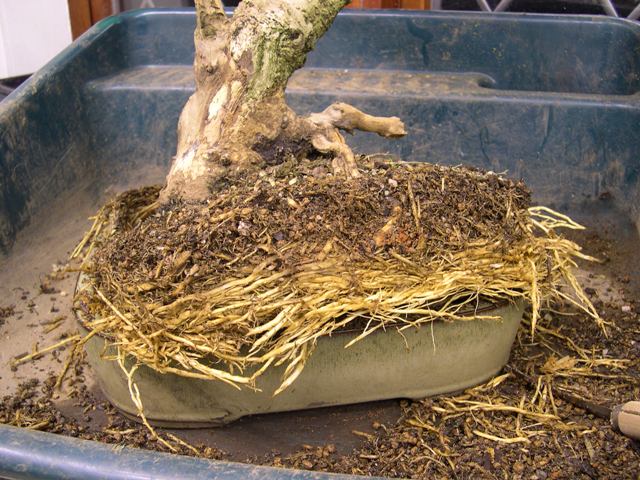
|
ROOTBALL - The body of ROOTS and soil evident when a tree is taken out of its pot or pulled up from the ground.
|
|
 |
|
|
  |
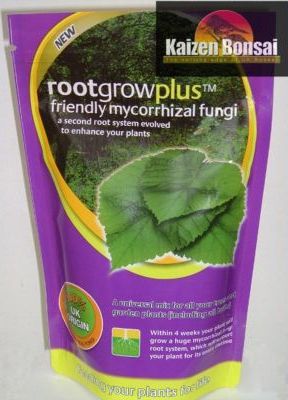
|
ROOTGROW - The trading naME for a product produced in the UK which contains mycorrhiZAl fungi which live in a symbiotic relationship with plants enabling them to extract nutrients and hold onto water in very difficult soil conditions.
|
| Thanks to - Kaizan for use of the image |
|
 |
|
|
  |

|
ROOTS - The first function of roots is structural : to anchor the tree in the ground.
The second function is to gather moisture, together with water borne nutrients and minerals from the soil, through fine FEEDER ROOTS covered in ROOT HAIRS.
The third function of the roots is the winter storage of sugars in the thicker, woody roots. As the soil warms in spring the sugars are released to provide energy for new root and foliage growth.
|
|
 |
|
|
   |

|
ROSETTE (LEAF) - Leaflets in tight circular rings
|
|
 |
|
|
   |

|
ROTATE (LEAF VEINS) - Veins emanating from the stem where this joins the leaf at its centre rather than its edge (i.e. in peltate LEAVES).
|
| Thanks to - Wikipedia for use of the image |
|
 |
|
|
   |

|
ROWAN (SORBUS AUCUPARIA OR CASHMIRIANA) - Also commonly terMEd "MOUNTAIN ASH" - or "Quickbeam in USA. The "Aucuparia" is the most common VARIETY but others , such as "Cashmiriana" also are less frequently cultivated.
Pale smoothish trunk supports spreading branches from which sprout 6 or 7 pairs of oval, serrated leaflets on the aucuparia and up to 9 pairs on the cashmiriana. The aucuparia bears cream/white FLOWERS in spring/early summer and orange/red berries in late summer/early autumn. The cashmiriana has pink flowers.
STYLE : Most styles except formal upright and broom.
WARNING : Protect from extreme temperatures.
|
| Thanks to - John Goldsmith, Ayr for use of the image |
|
 |
Rust
|
- (Pests and Diseases)
|
|
  |
(No Photo Yet)
(Send Image) |
RUST - This appears as slightly raised orange/red spots on the LEAVES of the tree. Affected leaves should be removed and destroyed as soon as possible and the tree sprayed with a zinc based FUNGICIDE.
|
|
 |
|
|
   |
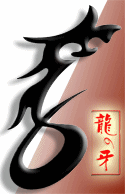
|
BONSAI>BONSAI>BONSAITOOLS>RYUGA BONSAI TOOLS - RYUGA Bonsai Tools are produced by a subsidiary of YM Group, a very big manufacturing group in China producing premium quality garden tools under OEM for Japan market. And RYUGA is their first new bonsai tools brand being marketed outside Japan. So RYUGA is produced and quality controlled with Japanese standard, but with the benefit of Chinese cost. RYUGA also gives two years quality guarantee of free replaceMEnt for any quality claim on all of its products. RYUGA has exclusive agents in more than 20 countries worldwide.
Contact UK bonsai tools suppliers.
|
|